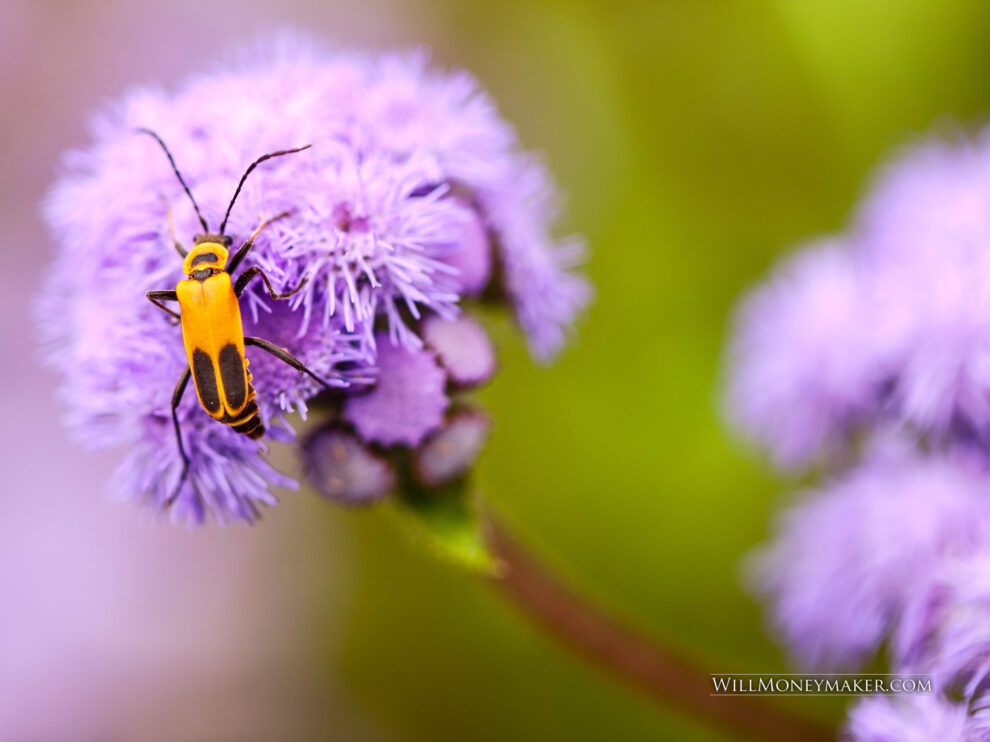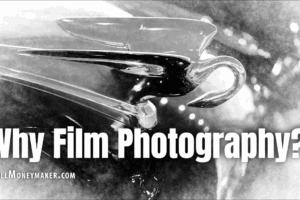Today, macro photography is one of the staple genres, something that nearly every photographer dabbles in at some point. And who wouldn’t want to try it? At the magnification you can get with macro lenses, it opens up a whole new world of unexpected imagery. Why take a photo of a flower when you can zoom in to capture individual grains of pollen? Stones and tree bark, when magnified, almost look like the surface of a whole new world.
Even the simplest of everyday objects can take on a new life when magnified. To see what I mean, if you ever have the chance, try taking macro photographs of fruit and vegetables or other things you might find around the house. To put it simply, macro photography is an interesting and very often unique perspective on the otherwise mundane.
And it all had to start somewhere. So what is the history of macro photography? It is an older genre than you might think! Let’s take a look.
Macro Photography and Photo-Micrographs
The first thing to learn about the history of macro photography is the definition of the genre. Macro photography is anything that is 10 times magnification and lower. Anything above 10 times magnification (usually captured through a microscope) is referred to as photomicrography. Why do I explain this? Because the history of these two types of work are inseparably intertwined and in fact, the development of the photo-micrograph led to the development of macro photography.
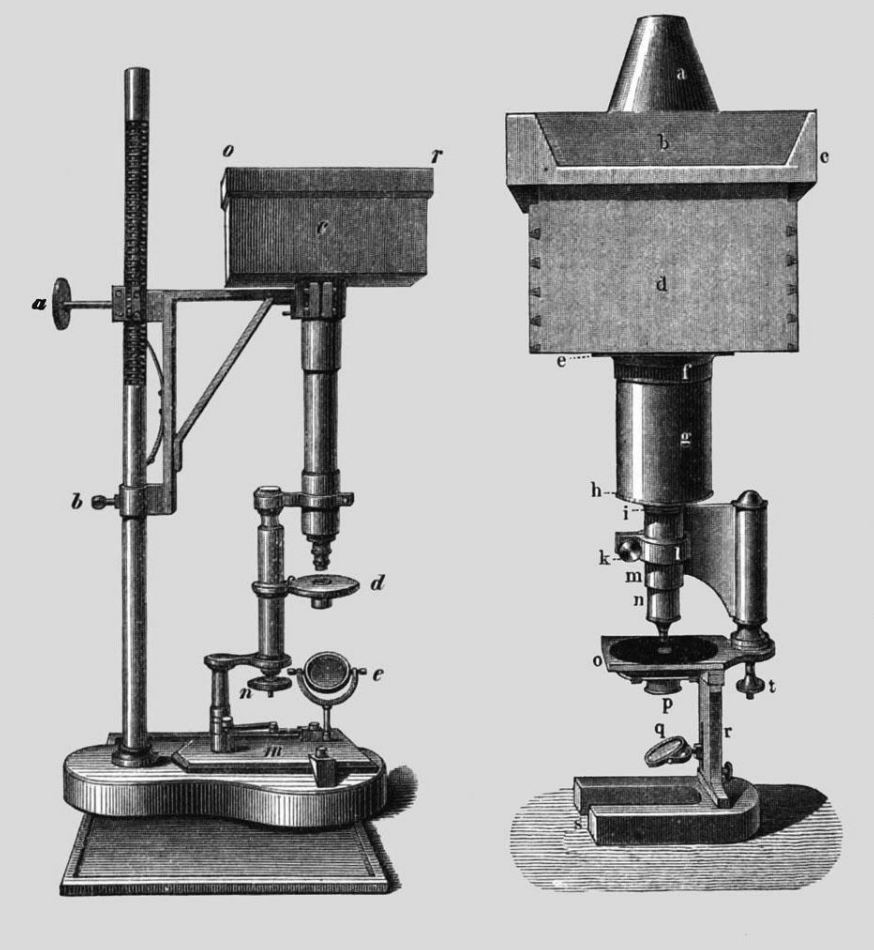
The very first person to propose the concept of photomicrography would have been Thomas Wedgewood, who wrote a paper dealing with methods of copying paintings using light and silver nitrate. Wedgewood, for reference, lived between 1771 and 1805, just to give you an idea of how old this concept really is.
In the 1830s, William Henry Fox Talbot was among the first to make photomicrographs, using small cameras attached to microscopes to create images with magnifications under 20 times.
After a Century of Science, Macro Photography Becomes Art
In the earliest years of macro photography and photomicrography, it was purely a scientific pursuit, one that allowed researchers to document things too small to see with the human eye so that they could be studied at length later on. It wasn’t until the early 1900s that macro photography started to become an art and even then, it was an art that served a largely educational purpose.
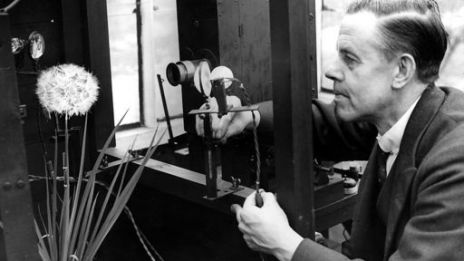
One of the earliest forefathers of true macro photography was Frank (usually abbreviated to F.) Percy Smith. Smith specialized in both cinematography and still photographs. He brought macro photography to the forefront of people’s minds through a series of documentary films shot at high magnifications. One of the first films was To Demonstrate How Spiders Fly, produced in 1909 followed by The Acrobatic Fly, a 1910 film that remains one of his most famous.
Smith’s work was put on hold during World War I as he served in the British navy as an aerial photographer and also as a cinematographer that created animated films portraying various battles. After the war’s end, he got back to work on his real passion, which was life magnified. He produced several more films at the macro scale including Secrets of Nature, a series that began in 1922, Bedtime Stories of Archie the Ant, and the World in a Wine Glass, a later film produced in 1931.
Early Macro Photography Equipment
The interesting thing about macro photography is that early equipment did not look much different from the equipment that we use today, although a few advancements have been made and there are a few more pieces of gear that we can use nowadays.
Photomicrography was simplistic. It relied on a small camera that could be attached to a microscope. Once a slide was placed under the microscope, the photographer could take the photograph.
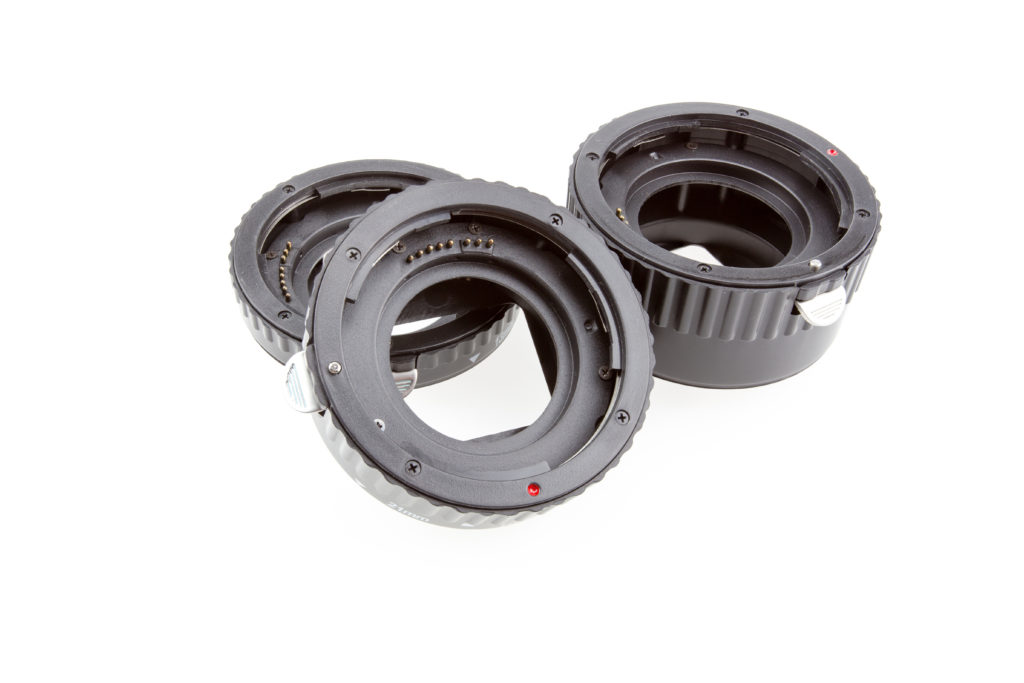
Macro photography relied on equipment that we still use today, namely macro bellows and extension tubes. There were no true macro lenses for the first century or so of this genre, so photographers effectively modified the focal distance of the lenses they already had simply by increasing the distance between the lens element and the film. In this way, photographers could focus at distances much closer to the front of the lens than they could without the use of bellows or tubes and they could also magnify the images, capturing detail that most people had never seen before.
The World’s First True Macro Lens
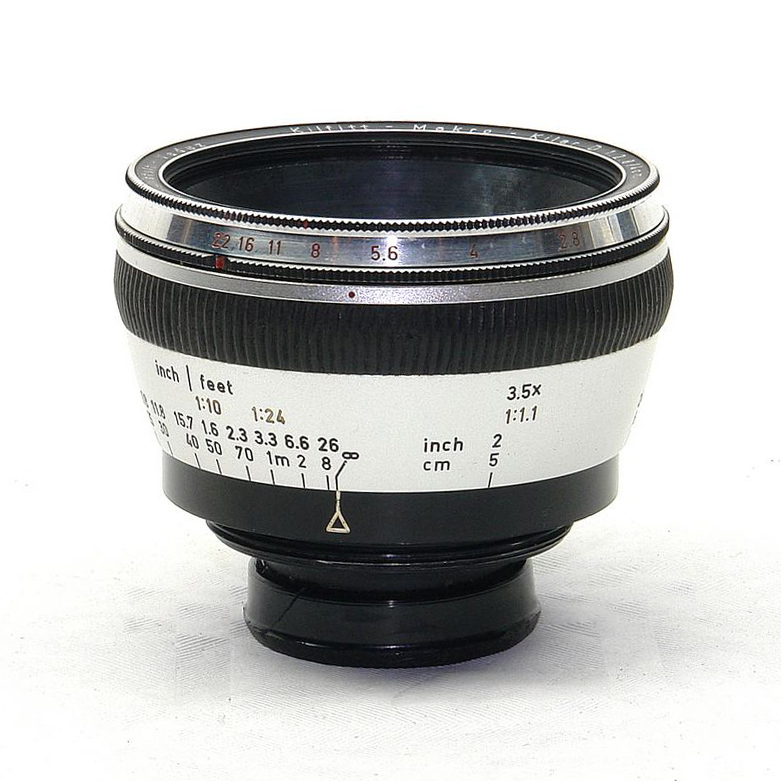
Up until the 1950s, macro photography was done exclusively with macro bellows and extension tubes. In 1955, however, a lens was produced that changed everything. This was the Kilfitt Makro-Kilar 4CM lens, made in West Germany by Heinz Kilfitt. This was the first lens in history to offer constant close focus.
One might wonder why it took so long, all things considered, for the first true macro lens to be developed. The answer is the 35mm SLR camera. Macro lenses and macro photography, in general, was difficult with other types of cameras because those not of the single reflex variety, in other words, those cameras that did not allow you to see precisely what the lens saw through the clever use of a viewfinder prism, tended to suffer from parallax errors. For instance, attempting a macro photograph with a rangefinder or a twin-lens reflex camera was problematic because what you saw through the viewfinder might not be what the lens saw at all.
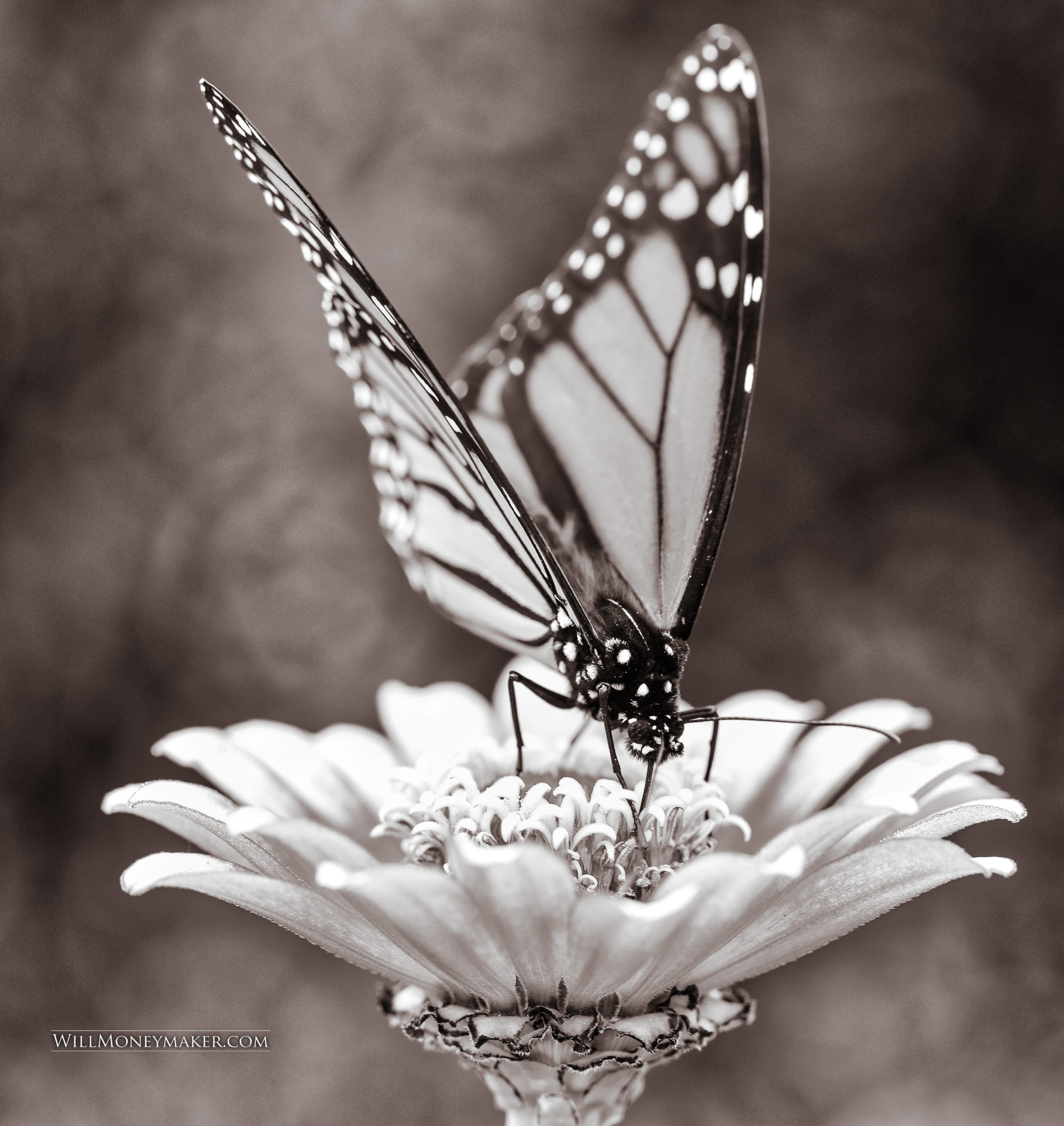
It was the rise of the SLR camera that brought about the demand for true macro lenses. From that point on, the genre became a staple among photographers around the world, no longer simply a tool for science but an art form all its own.

